1940. American commercial shrimping, as we know it, was now a quarter century old. Diesel motors had replaced the gas ones found in earlier, smaller vessels. Shrimp was being sold dockside for 5 cents a pound. The Andrews Sisters’ song “Hold Tight” (“shrimps and rice, they’re very nice”) had come out the year before and was being sung by crews.
If you enjoy a glance back and good humored writing then you might enjoy a WPA publication, “St. Augustine Shrimp Fleet”. It was sponsored by the Florida State Department of Public Instruction for use in the public schools and is dated 1940. The writer spends 24 hours on a boat named Fortuna captained by Domingo de Cruz, a Portuguese immigrant. It provides a colorful, easy-to-read insight to our shrimping past.
Interestingly, the captain laments the heyday from 10 years prior when hauls were larger. Perhaps the St. Augustine fleet that had now grown to 123 documented boats were proving to be too much competition.
In 1940 St. Augustine was the shrimping capital of America and shrimping was its major industry. This was due to the 1913 arrival to the area of a Gloucester, Massachusetts fisherman named Billy Corkum. He observed the use of seine nets for shrimping in the inland waterways and concluded that shrimp could be more successfully harvested in the Atlantic. After first experimenting with dragging a net between two boats he rigged up the otter trawl system inspired by the cod fishing methods in New England. This style of trawling, as many of you well know, is still used today.
The article not only provides vivid descriptions of the layout and workings of the trawler (cabin, work areas, engine and net design) but names some of the other vessels seen that day. He goes on to list some of the origins of the many immigrants in St. Augustine at that time (Scandinavians, Portuguese, Italians and Minorcans) and mentions several old shrimping family names.
The use of a try net (called a trial net) and palm needles for net repair provide interesting detail, but not as interesting as the doctoring methods used on board. The seemingly common complaint of a fish bone stuck in one’s hand was remedied by applying a solution of hot butter and vinegar. Captain de Cruz insisted that within 24 hours the bone would come out in fragments with no further pain. If a sharp object like a nail were to prick a shrimper then an onion must be rubbed on the object and then the onion applied to the wound. And figs soaked in milk were used to stop bleeding at the mouth. Apparently this bleeding was more likely to occur back at port in “jook”s or “ale-houses”. Hmm….
For the foodies there’s a description of the preparation of lunch, a Spanish pilau, and directions as to how to make it. Stay tuned because that looks like a recipe to try and post about!
To read this publication and learn more visit Florida Memory and go back in time for yourself!
If you enjoy a glance back and good humored writing then you might enjoy a WPA publication, “St. Augustine Shrimp Fleet”. It was sponsored by the Florida State Department of Public Instruction for use in the public schools and is dated 1940. The writer spends 24 hours on a boat named Fortuna captained by Domingo de Cruz, a Portuguese immigrant. It provides a colorful, easy-to-read insight to our shrimping past.
Interestingly, the captain laments the heyday from 10 years prior when hauls were larger. Perhaps the St. Augustine fleet that had now grown to 123 documented boats were proving to be too much competition.
In 1940 St. Augustine was the shrimping capital of America and shrimping was its major industry. This was due to the 1913 arrival to the area of a Gloucester, Massachusetts fisherman named Billy Corkum. He observed the use of seine nets for shrimping in the inland waterways and concluded that shrimp could be more successfully harvested in the Atlantic. After first experimenting with dragging a net between two boats he rigged up the otter trawl system inspired by the cod fishing methods in New England. This style of trawling, as many of you well know, is still used today.
The article not only provides vivid descriptions of the layout and workings of the trawler (cabin, work areas, engine and net design) but names some of the other vessels seen that day. He goes on to list some of the origins of the many immigrants in St. Augustine at that time (Scandinavians, Portuguese, Italians and Minorcans) and mentions several old shrimping family names.
The use of a try net (called a trial net) and palm needles for net repair provide interesting detail, but not as interesting as the doctoring methods used on board. The seemingly common complaint of a fish bone stuck in one’s hand was remedied by applying a solution of hot butter and vinegar. Captain de Cruz insisted that within 24 hours the bone would come out in fragments with no further pain. If a sharp object like a nail were to prick a shrimper then an onion must be rubbed on the object and then the onion applied to the wound. And figs soaked in milk were used to stop bleeding at the mouth. Apparently this bleeding was more likely to occur back at port in “jook”s or “ale-houses”. Hmm….
For the foodies there’s a description of the preparation of lunch, a Spanish pilau, and directions as to how to make it. Stay tuned because that looks like a recipe to try and post about!
To read this publication and learn more visit Florida Memory and go back in time for yourself!

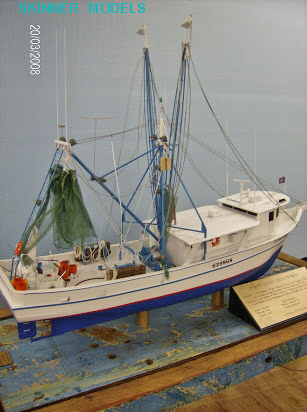

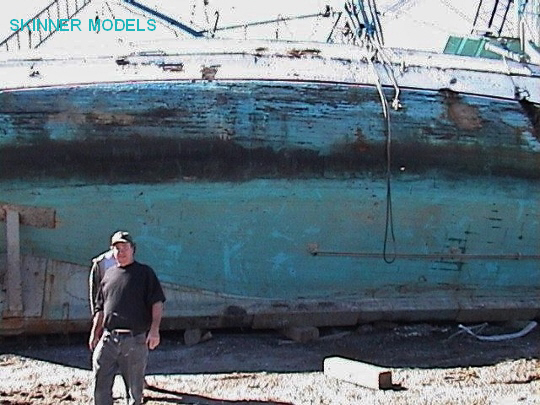
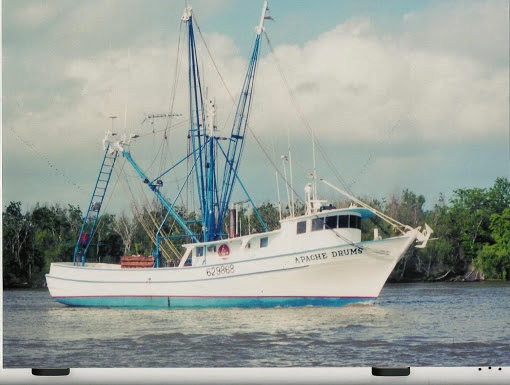
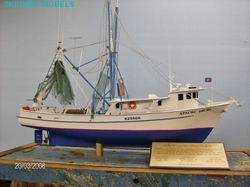


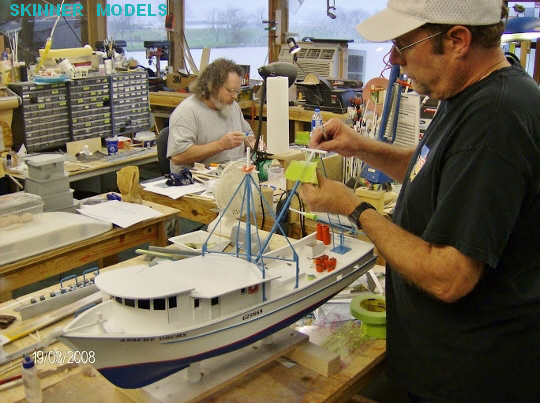
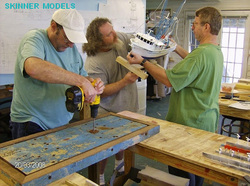
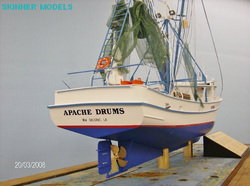
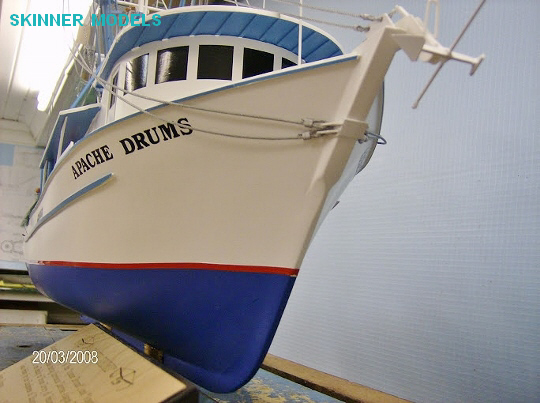

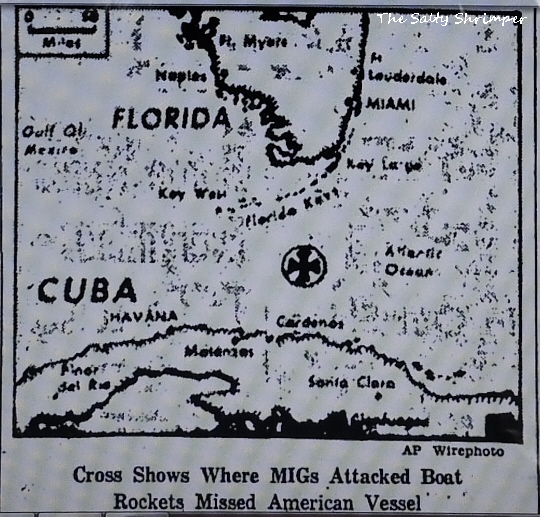
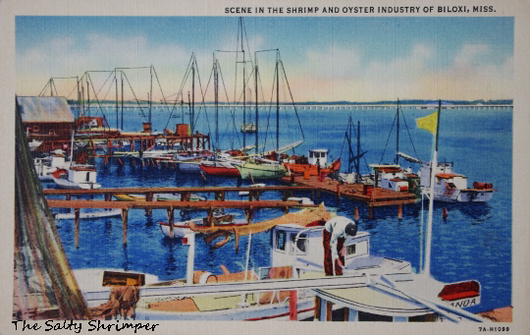



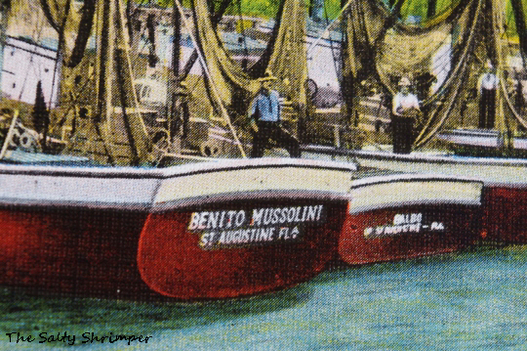


 RSS Feed
RSS Feed
